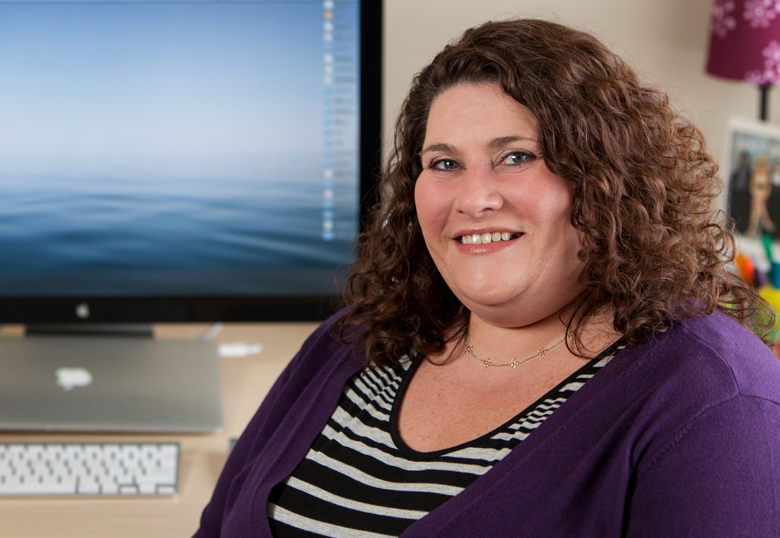Birth rates often fall as nations become more developed, but the opposite is happening in Samoa – and a University of Lethbridge graduate student may know the reason why.

Third year evolution and behaviour PhD student Deanna Forrester (MSc ’11) is investigating why this developing island nation located in the South Pacific Ocean between Hawaii and New Zealand is experiencing a steady to slightly increasing rise in its fertility rates. Starting in June 2014, Forrester is on a four-month study visit to Upolu, Samoa’s most populous island, interviewing mothers and observing families to test an idea based on her observations from a previous visit: that the helpful behaviour of Samoan children make it easier to have larger families.
“My hypothesis is that the amount of help kids provide around the house and caring for infants frees up Samoan mothers to direct more time and energy to having more children,” says Forrester, who is completing the dissertation research for her doctoral degree in human evolution and behaviour.
Researching a remote Polynesian culture in a country 10,000 kilometres away is a significant undertaking for Forrester, but her U of L education has prepared her well. After completing her undergraduate degree in psychology at MacEwan University in Edmonton, Alta., she chose to attend the U of L because it was one of the few schools in Canada with a program in her chosen field, evolutionary psychology, and because of its leading-edge researchers in the field. She says a highlight of her PhD education has been the extensive support of her thesis supervisor, psychology professor and Canada Research Chair, Dr. Louise Barrett.
“She gives me the confidence to take some risks and to expand my thinking,” says Forrester. “She encourages me to think for myself and helps me develop my ideas.”
Another benefit for Forrester is that her academic program is part of the University’s multidisciplinary Institute for Child and Youth Studies (I-CYS). Through the institute’s “friendly feedback” sessions, Forrester presented her research to professors from several other disciplines – history, anthropology, literary studies, neuroscience, and education – and gained diverse insights that helped fine-tune her ethological, or observational, methods.
What will also help facilitate Forrester’s project is an $8,000 grant she received from the International Society for Human Ethology, which will cover most of her research costs. As well, she will have assistance with navigating the island and interacting with locals from her husband, a native Samoan she met in the summer of 2011 during her first visit there to explore another research idea. While that project never materialized, their relationship did, and the two wed last July in her husband’s village on Upolu.
What Forrester has learned about Samoa is that despite its shift to that of a developing country, its fertility rate has slightly increased: statistics show Samoan women in their reproductive years had an average of 4.7 children in 2011, compared to 4.4 children in 2001. To understand why, she will interview 150 mothers and observe 30 families to assess how children help, and how their helpfulness may affect reproduction. Forrester’s research will be the first to examine current fertility trends in Samoa.
“Public policies that encourage women in the developed world to have more children have not been successful, and they have failed to consider one variable – having somebody in the home to help out, besides a grandparent, can really have an impact,” says Forrester. “This research will address the question of why some developing countries have increasing or stable fertility rates, and suggest that maybe directing resources at public policies that aren’t helping isn’t the way to go.”
